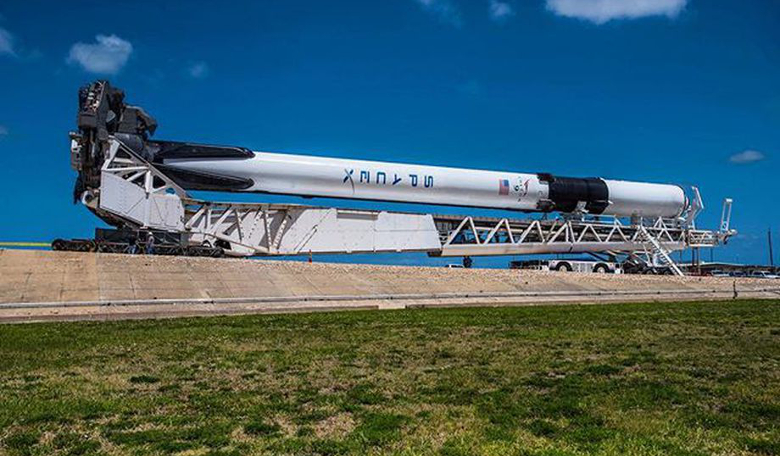The idea of reusability – true reusability time and time again – may finally come to fruition for SpaceX following the recent launch of the Indonesian Merah Putih telecommunications satellite this week. Why? Because the satellite blasted off using one of SpaceX’s new powerful Block 5 booster, the most advanced upgrade of the company’s rocket, but also its last major update that SpaceX plans to make to its Falcon 9 workhorse, ever, so say SpaceX.
The Block 5 first made its debut back in May and its design premise is to do what SpaceX has said it will do from the start - make rockets reusable and save the company money - a lot of money. SpaceX have of course re-used its Falcon 9 before, and have wowed watchers across the world as the vehicle completed a vertical landing on a drone ship out to sea after returning from space, but the rocket was only reused twice.
And its not simply a case of sticking it back on the launch pad when its time to use it again. The rocket has to be taken apart, inspected and refurbished by an army of engineers before it can fly again; a process that can take months.
Block 5 first stages on the other hand are designed to fly 10 times with just inspections between landing and liftoff, therefore limiting the amount of maintenance needed between re-flights.
Ultimately though, SpaceX have said the Block 5 should be able to fly up to 100 times or more before some refurbishment is required. Although there are some that question the feasibility of this and remark that the claim is more to do with an over-enthusiastic boss than an indisputable fact. Indeed, Andy Lambert, vice president of production for SpaceX has said that perhaps 10 reuses is a more practical target to aim for.
How will the Block 5 fair after its latest trip to space? Well, after the first flight back in May, contrary to the design specifications of the rocket, I.e constant reuse without the need for refurbishment after each trip, the Block 5 was taken apart to ensure that these vehicles really do not need taking apart straight after a rocket landing.
"We are going to be very rigorous in taking this rocket apart and confirming our design assumptions to be confident that it is indeed able to be reused without taking it apart,” Musk said at the time. “Ironically, we need to take it apart to confirm it does not need to be taken apart.”
Even so, with a quicker turnaround time and reduced labour costs, if the Block 5 lives up its hype, then SpaceX can finally achieve what it set out to do. Reuse rockets, save money, spend the money saved on going to Mars...
"It's really better in every way than the Block 4," Musk said during a teleconference with reporters in May before the Block 5's debut flight. “The intent is to be the most reliable rocket ever built."
However, whether the Block 5 first stage will reach 100 flights is another matter, as apparently SpaceX has plans to phase out the Falcon 9 to concentrate on its Mars colonising BFR system; a sort of huge interplanetary space shuttle used to ferry people to Mars that Musk unveiled plans for last year. When stacked together, the BFR rocket and spaceship will stand 106 metres high (348 feet) and be the most powerful ever built.
Meanwhile, now firmly planted back on Earth, the Block 5 returned to the drone ship "Of Course I Still Love You" shortly after delivering its payload to orbit yesterday to become the 28th booster that SpaceX has ever recovered. Its reusability will be tested again later this year if it passes post-landing tests and inspections, said SpaceX representatives.











